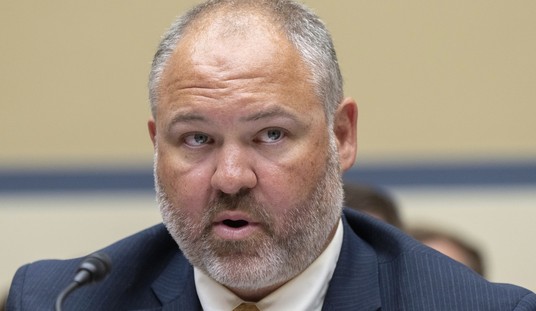Good news indeed after two months of stagnation or worse in the jobs market, but it’s not game-changing news. The US economy added 379,000 jobs in February, the best result since the fall, but it essentially just covers the big hole in December’s results. The labor participation rates and unemployment level barely budged, and given the massive amount of slack, this looks mostly incremental:
Total nonfarm payroll employment rose by 379,000 in February, and the unemployment rate was little changed at 6.2 percent, the U.S. Bureau of Labor Statistics reported today. The labor market continued to reflect the impact of the coronavirus (COVID-19) pandemic. In February, most of the job gains occurred in leisure and hospitality, with smaller gains in temporary help services, health care and social assistance, retail trade, and manufacturing. Employment declined in state and local government education, construction, and mining. …
Both the unemployment rate, at 6.2 percent, and the number of unemployed persons, at 10.0 million, changed little in February. Although both measures are much lower than their April 2020 highs, they remain well above their pre-pandemic levels in February 2020 (3.5 percent and 5.7 million, respectively). …
The labor force participation rate remained at 61.4 percent in February. This measure is 1.9 percentage points lower than the value a year earlier. The employment-population ratio, at 57.6 percent, changed little over the month but is down by 3.5 percentage points over the year. (See table A1.)
Wages jumped up a bit in February, which would normally be a good sign, but hours declined at the same time:
In February, average hourly earnings for all employees on private nonfarm payrolls increased by 7 cents to $30.01. Average hourly earnings for private-sector production and nonsupervisory employees, at $25.19, changed little (+4 cents). The large employment fluctuations over the past year— especially in industries with lower-paid workers—complicate the analysis of recent trends in average hourly earnings. (See tables B-3 and B-8.)
The average workweek for all employees on private nonfarm payrolls declined by 0.3 hour to 34.6 hours in February. In manufacturing, the workweek declined by 0.2 hour to 40.2 hours, and overtime declined by 0.1 hour to 3.1 hours. The average workweek for production and nonsupervisory employees on private nonfarm payrolls declined by 0.4 hour to 34.0 hours.
Rather than do a long analysis of why this month’s gains are incremental, let me have New York Times’ Ben Casselman provide us the visual data. There’s no better way to grasp the scale of the hole we dug in 2020’s shutdowns by just the numbers alone:
And the February gains are still far weaker than the ones we saw last summer. This is a rebound, but not a "roaring back." pic.twitter.com/aKcVXCcsRZ
— Ben Casselman (@bencasselman) March 5, 2021
The real “rebound” took place last year in the summer, when businesses began reopening and rehiring personnel. When the second wave of COVID-19 cases (or third, YMMV) began in the late fall, that rebound stopped, and the economy went into a job-creation plateau. It hasn’t changed since, and at the moment it doesn’t appear that there are any indications of another massive expansion.
If one wants to understand why Texas, Mississippi, and Connecticut are reopening fully this week, these charts are a pretty handy explainer. The economic losses implied in the gap between this plateau and the pre-COVID level of employment should be obvious. Not only does that eat into tax revenue, it also means more people in safety-net programs and higher costs for states. Shutdowns have real-world consequences that go beyond economics too — despair, educational problems, social unrest — that will prove costly in the longer term.
If nothing else, however, at least we’re not digging the hole any deeper at the moment. That’s good news in and of itself. This does raise the question of whether the third massive COVID relief/stimulus package Congress will pass this weekend really addresses the economic problems of the plateau, rather than of the crater that no longer exists. Do we need stimulus, or do we need a massive effort to reopen businesses instead — especially the smaller businesses most damaged by the shutdowns? Only a full reopening will create the much-needed second rebound, but this package looks more calculation to maintain the plateau instead.









Join the conversation as a VIP Member